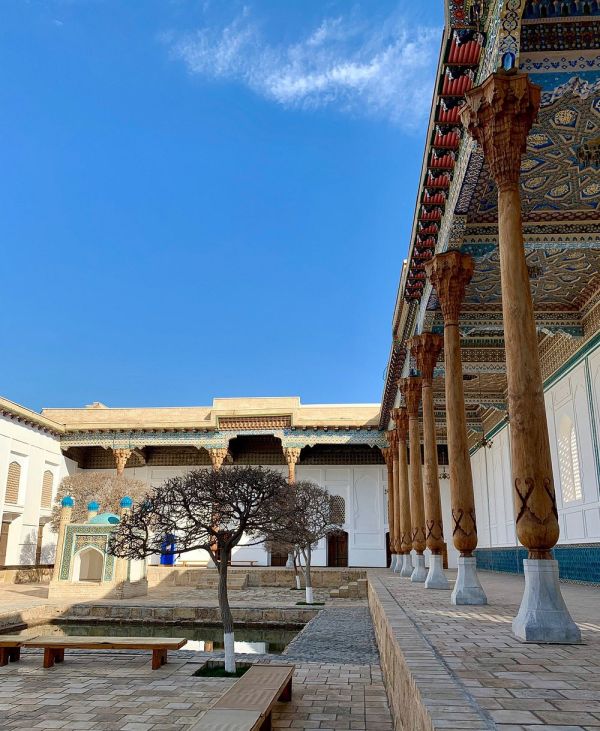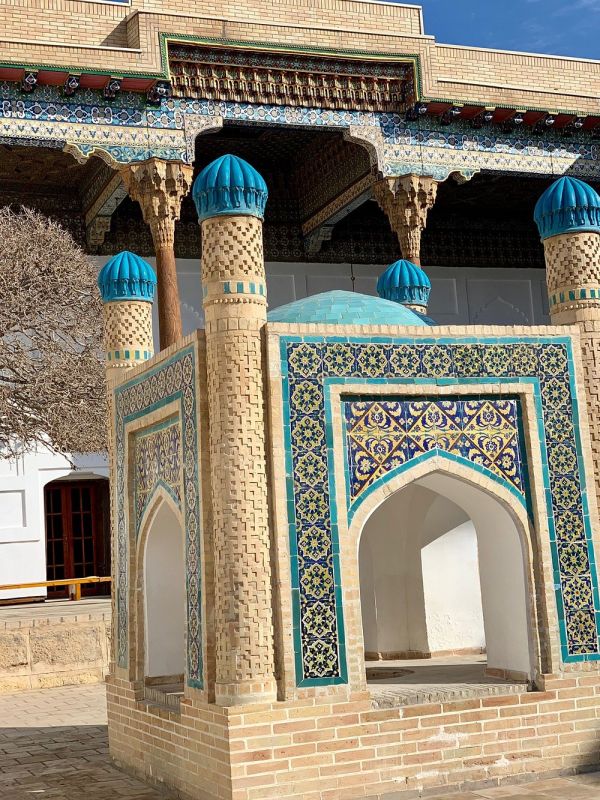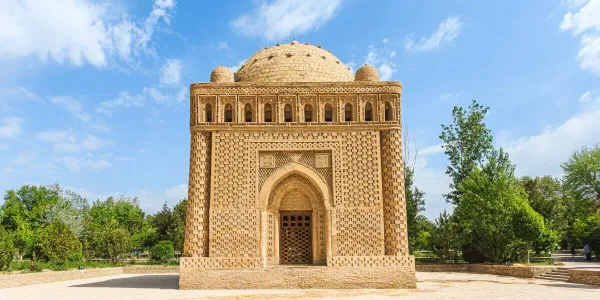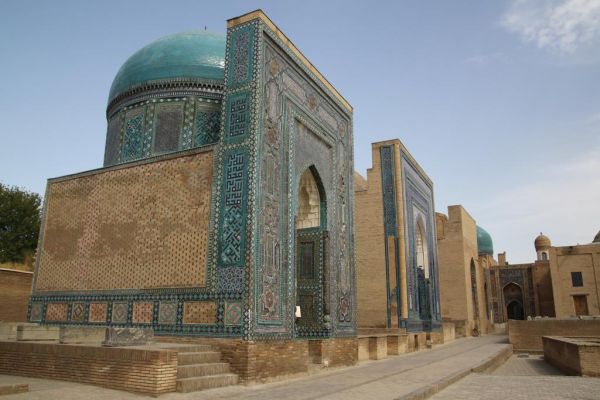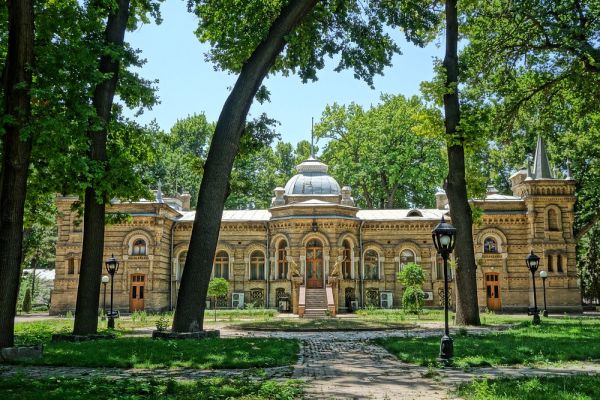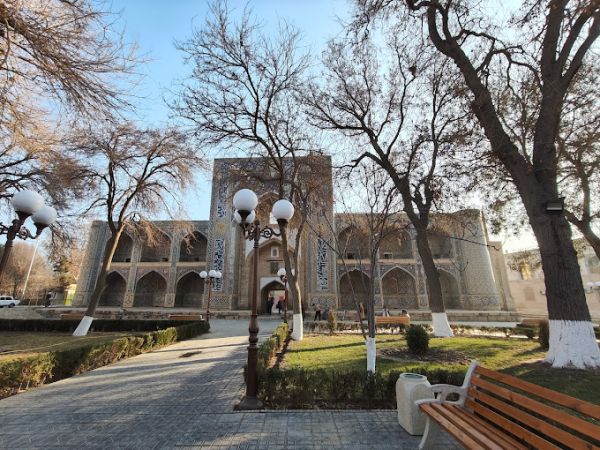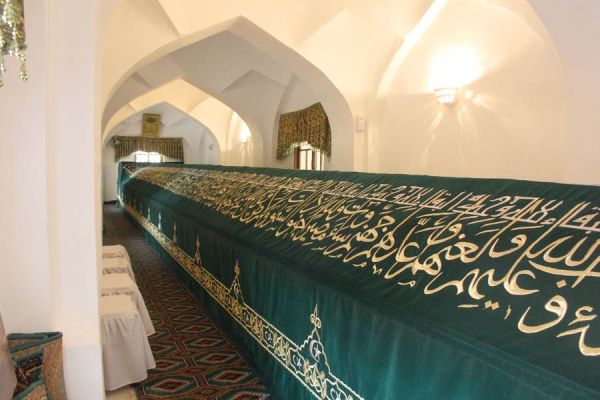Bahautdin Naqshbandi Complex
An important Muslim shrine is considered to be a memorial complex just a few kilometers from the city of Bukhara, which was named after the famous Oriental philosopher and Sufi Bahautdin Naqshbandi. This place is visited annually by pilgrims from many countries of the world to honor the memory of the saint. Even before the construction of this complex, there was a small pagan village of Kasri Orifon, widely known for its ancient traditions, loud festivals and rituals.
Bahautdin Naqshbandi became the founder of the order at the end of the 14th century, which was later named after him. The philosophical teachings of this great man have long shown the way to many people and even today they do not lose their relevance. The main idea of these teachings can be highlighted by the following phrase: "May the heart be with God, and the hands are busy with work," and even the symbol of the Naqshbandi order almost completely repeats the motif of this phrase. It is made in the form of a heart with the inscription "Allah" in the center.
During his long and interesting life, Bahautdin Naqshbandi made a pilgrimage to Mecca 3 times. Now the mausoleum of the Sufi himself is recognized as the Mecca of Central Asia, and believers constantly come here to pray or make a special request to Allah. People from many countries of the Muslim world believe that their requests will be fulfilled much faster in this holy place. In addition, it is believed that a triple walk from Bukhara to the tomb of Naqshbandi and back is equivalent to one full-fledged hajj.
Bahautdin Naqshbandi was also Tamerlane's own spiritual mentor and taught him integrity and modesty for a long time. This great philosopher died in 1389 and was buried in a small, modest tomb. Only 150 years later, by order of Abdalaziz Khan, the construction of a full-fledged crypt was started over the grave, which lasted about four centuries. In the center of the memorial complex there was a courtyard in the form of a rectangle with a mosque and the tomb of Bahautdin Naqshbandi. A little to the side there was an aivan with wooden columns, in which the tomb of the Sheibanids was located. The largest building on the territory of the complex was the khanaka of Abdalaziz Khan himself, made in a luxurious style with carvings and lavish ornaments on the walls.
At the end of the last century, this memorial complex underwent a thorough restoration, during which absolutely all structures were restored. Today, tourists can see the tomb, the minaret, the courtyard with a pond, the dahma, the madrasah, as well as the mosques of Kushbegi and Muzafar Khan. Inside the tomb of Naqshbandi, an old slightly felled mulberry tree grows, which, according to legend, grew precisely from the philosopher's staff after his death. The local population firmly believes that this mulberry tree helps people fulfill their desires. To do this, you just need to make a wish and crawl under a bent tree.







